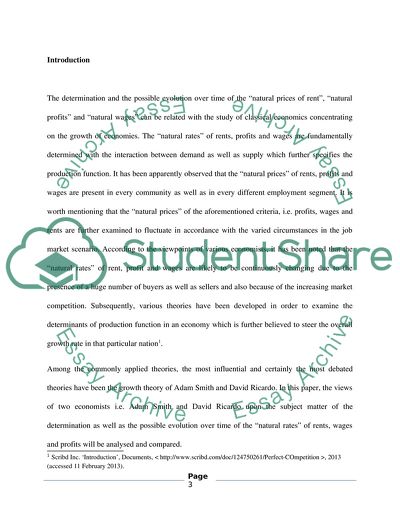Cite this document
(“Compare and contrast the views of Smith and Ricardo on the Essay”, n.d.)
Compare and contrast the views of Smith and Ricardo on the Essay. Retrieved from https://studentshare.org/miscellaneous/1614536-compare-and-contrast-the-views-of-smith-and-ricardo-on-the-determination-and-possible-evolution-over-time-of-the-natural-rates-of-wages-profit-and-rent
Compare and contrast the views of Smith and Ricardo on the Essay. Retrieved from https://studentshare.org/miscellaneous/1614536-compare-and-contrast-the-views-of-smith-and-ricardo-on-the-determination-and-possible-evolution-over-time-of-the-natural-rates-of-wages-profit-and-rent
(Compare and Contrast the Views of Smith and Ricardo on the Essay)
Compare and Contrast the Views of Smith and Ricardo on the Essay. https://studentshare.org/miscellaneous/1614536-compare-and-contrast-the-views-of-smith-and-ricardo-on-the-determination-and-possible-evolution-over-time-of-the-natural-rates-of-wages-profit-and-rent.
Compare and Contrast the Views of Smith and Ricardo on the Essay. https://studentshare.org/miscellaneous/1614536-compare-and-contrast-the-views-of-smith-and-ricardo-on-the-determination-and-possible-evolution-over-time-of-the-natural-rates-of-wages-profit-and-rent.
“Compare and Contrast the Views of Smith and Ricardo on the Essay”, n.d. https://studentshare.org/miscellaneous/1614536-compare-and-contrast-the-views-of-smith-and-ricardo-on-the-determination-and-possible-evolution-over-time-of-the-natural-rates-of-wages-profit-and-rent.


